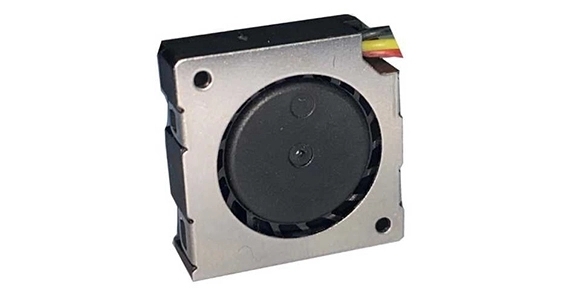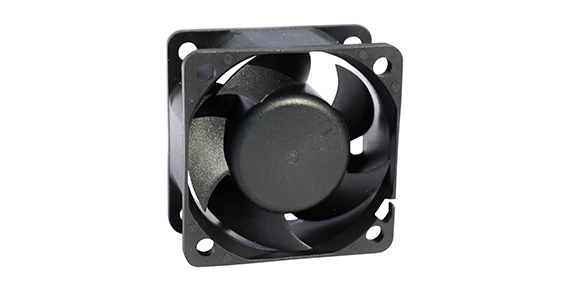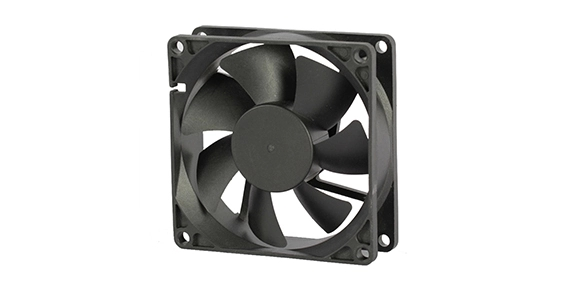DC blower fans are crucial components in numerous industrial applications and electronic devices, providing efficient cooling and ventilation solutions. As technology continues to evolve, there have been significant advancements in speed sensing capabilities for DC blower fans, allowing for enhanced performance, dynamic adjustments, and seamless connectivity. In this article, we will explore the significance of speed sensing in DC blower fans and the various advancements that have been made in this field.
Understanding the Significance of Speed Sensing in DC Blower Fans
Speed sensing in DC blower fans plays a crucial role in maintaining optimal performance and ensuring the longevity of the fan. By accurately monitoring the fan speed, manufacturers can identify any deviations from the desired speed, allowing for timely intervention and preventing potential issues such as overheating or mechanical failures.
In the past, speed sensing in industrial axial fans was often achieved through simple voltage measurements. However, this method was not as precise and reliable as desired. With advancements in technology, sensors specifically designed for speed sensing have been developed. These sensors provide accurate and real-time speed measurements, allowing for better control and monitoring of the fan.

Dynamic Adjustments with Variable Speed Sensing in DC Blower Fans
One of the notable advancements in speed sensing for DC blower fans is the integration of variable speed control. By utilizing variable speed sensing, DC blower fans can make dynamic adjustments based on the cooling requirements of the system. This not only enhances efficiency but also reduces power consumption, leading to energy savings.
Additionally, variable speed sensing allows for quieter and more discreet fan operation. By adjusting the fan speed based on the system's needs, unnecessary noise can be minimized, creating a more pleasant and comfortable environment for users.

IoT and Speed Sensing for Seamless Connectivity in DC Blower Fans
Another significant development in speed sensing for DC blower fans is the integration of Internet of Things (IoT) technology. IoT-enabled DC blower fans can provide seamless connectivity and remote control capabilities. With speed sensing capabilities, these fans can transmit real-time speed data over the internet, allowing users to monitor and control the fan remotely through their smartphones or other devices.
This connectivity offers numerous benefits, including the ability to monitor fan performance and receive alerts in case of any abnormalities. It also facilitates predictive maintenance, as users can be notified in advance when the fan requires servicing or replacement.
Real-Time Data for Enhanced Performance in DC Blower Fans
Speed sensing advancements in DC blower fans have also enabled the collection and analysis of real-time data. This data can be utilized to optimize fan performance and improve cooling efficiency. By analyzing the speed data, manufacturers can identify patterns and make necessary adjustments to further enhance the fan's performance.
Furthermore, real-time data can be used to implement advanced control algorithms, allowing for more precise and efficient fan speed regulation. This results in improved cooling performance and greater overall system reliability.
In conclusion, advancements in speed sensing for DC blower fans have revolutionized the fan industry. By understanding the significance of speed sensing, incorporating variable speed control, leveraging IoT connectivity, and utilizing real-time data, manufacturers have been able to enhance the performance and efficiency of DC blower fans significantly. These advancements not only benefit industrial applications but also improve the cooling solutions for electronic devices, ultimately leading to a more reliable and comfortable environment.

 EN
EN 

 +
+
 +
+
 +
+



